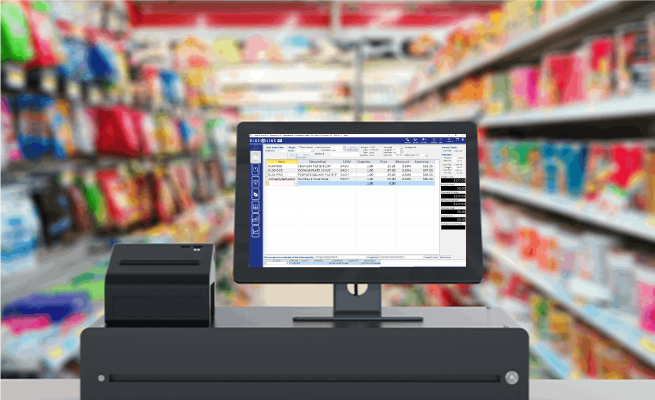Technology decision makers are playing an increasingly important role in supporting corporate mergers and acquisitions (M&A). With the M&A market in 2026 preparing for a significant uptick in activity, this makes it paramount to have a strong data strategy. Putting this strategy in place will be vital to the overall success of any future M&A and moves technology from a supporting function in these activities to a strategic driver.
The Resurgence of Dealmaking
Despite a relatively subdued 2025, largely due to global macroeconomic volatility, the state is set for strong M&A growth in 2026. S&P Global Market Intelligence reports that, “Despite underwhelming dealmaking in 2025, optimism for a resurgence remains strong.” This is validated by quantitative forecasts such as the EY-Parthenon Deal Barometer which predicts US deal volume (over $100M) is set to grow by “3% in 2026”, building on the momentum of the late 2025.
The rationale for these deals is shifting from cost-cutting to broader transformation. According to EY, deal decisions are “primarily growth-driven and explicitly tied to transformation roadmaps”. Several M&A predictions include insight that the acquisition of cutting-edge technology is a central theme, something that is particularly relevant as AI reshapes competitive dynamics. Dykema notes that, “Technology transactions are increasingly shaped by the race for innovation. Deals are being driven by the need to secure proprietary platforms, AI capabilities, and scalable data infrastructure.”
However, this growth outlook is balanced by the ongoing volatility. PwC cautions that “uncertainty may be the new constant.” This may result in an environment where there is a very small margin for error in M&A strategy.
Precision in a Volatile World
To capitalize on the expected M&A surge in 2026, those leading information and technology programs must guarantee precision. Diligence must be tighter, and deal structures more creative to account for geopolitical and regulatory shifts. This will likely require a renewed focus on risk allocation as buyers and sellers adapt to a more dynamic environment.
For those managing the technology in the M&A lifecycle, the challenge lies in tackling data complexity early in the process. In today’s technology landscape uncertainty is the new constant. Adding the requirement to integrate disparate, messy systems quickly during the M&A process only increases the need to be both fast and precise to mitigate risk and maintain control amid volatility. This level of responsiveness is achievable only when organizations are truly agile, especially in how they manage, adapt, and transform their systems and data.
It is at this stage that data management becomes critical. The M&A capabilities in SNP’s Kyano platform provide functionality that is uniquely designed to manage this complexity. By providing a complete overview of systems at each step of the M&A process, Kyano reduces risk and improves time to value.
This makes leveraging technology as an enabler for speed and precision crucial. By using Kyano Platform and its capabilities around data foundation and transformation, it is possible to ensure data diligence and restructure with speed and accuracy. Features provided allow organizations to generate an interactive view of company locations, organizational structures, hierarchies, and organizational unit usage allowing data to be better managed. Users can run data profiling of master and transactional data and can validate systems while receiving recommendations for improvements.
In an environment where PwC cautioned that “40% of CEOs say their companies won’t survive the next decade if they don’t chart a new path”, M&A will be a part of that future. Making this successful depends on transforming strategic ambition into integrated reality. The Kyano platform helps ensure that the foundation of any M&A process, the data, is robust, compliant, and ready for the future.
What This Means for ERP Insiders
- Prepare for increased M&A activity in 2026. With the M&A market likely to expand over the next year, organizations must ensure that they have strategies in place to support this growth. That starts with a technology foundation. Since technology is the core asset of any M&A process, technology leaders must ensure that they have the right tools in place today.
- Implement data-driven due diligence to minimize execution risk. With little margin for error in M&A processes, the scrutiny applied during diligence must be increased. Technology platforms designed for M&A, like Kyano, enable that precision by building an accurate data foundation and allow for the streamlining and restructuring of systems to function at peak performance during and after the M&A process.
- Strengthen scenario planning and build organizational agility. While there are predictions for M&A growth in 2026, there is still much uncertainty due to geopolitical volatility. Addressing these challenges means technology leaders must build resilience into the M&A process. This makes it vital to have the real-time data and systems flexibility to support any deal structures.






